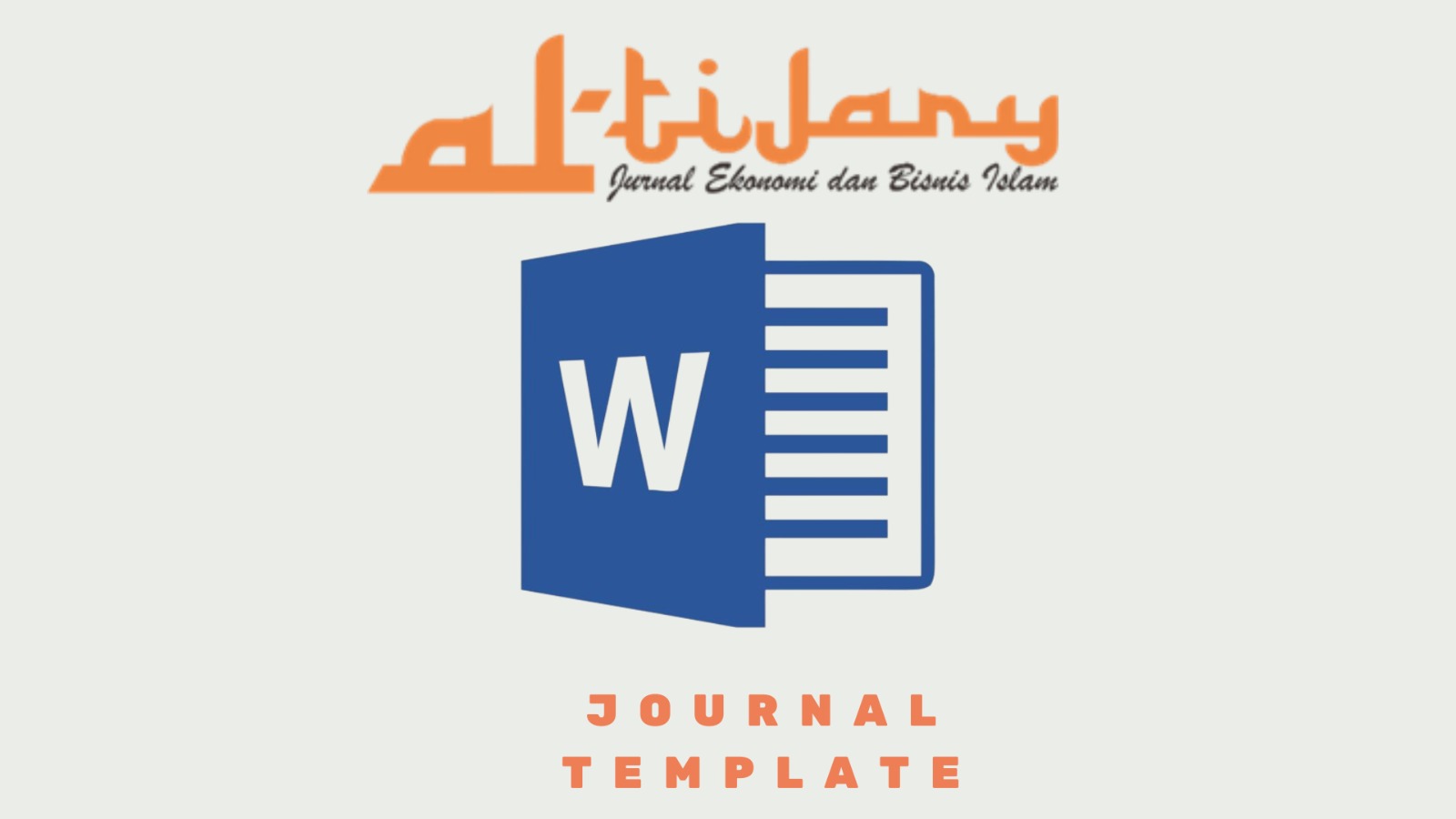Kesiapan Penerapan Hedging Syariah pada Perbankan Indonesia
Abstract
sharia hedging/ hedging transactions based on DSN Fatwa No. 96 by using sharia commodity instruments is a new thing in Indonesia, so that more in-depth studies are needed to analyze the readiness of Islamic banks in implementing sharia hedging / hedging transactions on exchange rates based on DSN No. Fatwa. 96 for ‘aqd al-tahawwuth bi al-sil’ah (using sharia commodities).The research method used is a qualitative approach with survey and interview methods, based on (a) Total assets of Islamic Financial Institutions (LKS) / Sharia Business Units (UUS). (b) Availability of being a respondent. (c) Respondents know well the mechanism in the DSN Fatwa No. 96. The results of this study found that (1) Issuance of DSN 96 Fatwa for the third mechanism has not been applied by Islamic banking. (2) Regulators (BI, OJK and related regulators) have not been able to provide detailed regulations related to Islamic hedging / hedging. (3) Commodities that can be transacted by the third mechanism are limited to coal, gold, bauxite.
References
Al-Masri, R. Y. (2007). Speculation between Proponents and Opponents. J.KAU: Islamic Econ, 20(01).
Al-Suwailem, S. I. (2006). Hedging in Islamic Finance. Occasional Papers, (217).
Aziz, A. A. (2007). The Evolution of Islamic Hedging Solutions: Islamic Finance News. Kuala Lumpur: Red Money.
Billah, N. A., & Hartomo, D. D. (2018). Korelasi Dinamis Emas Dan Saham Syariah Sebagai Lindung Nilai Dan Safe Haven Pada Investasi Di Indonesia. Jurnal Bisnis dan Manajemen, 18(2), 67–86. https://doi.org/10.20961/jbm.v18i2.26808
Dali, N. R. S. M., & Ahmad, S. (2006). A Review of Forward, Futures, and Options from The Shariah Perspective. “From Complexity to Simplicity.” Journal of The Islamic Economic Forum for Indonesian Development, 05.
Dusuki, A. W. (2010). Islamic Perspective on Islamic FX Forward. New Horizon, (177).
Fauzi, A., & Fahreza, R. A. (2018). Implementasi Fatwa DSN-MUI N0.96/IV/2015 Tentang Transaksi Lindung Nilai Pada Transaksi Forward Exchange Contract. Jurnal Ekonomi Islam, 9(1), 19.
Ismanthono, H. W. (2014). Kamus Istilah Keuangan dan Akuntansi. Jakarta: Grasindo.
Kolb, R. W. (2000). Futures, Options, and Swaps. Malden: Blackwell Business.
Mohamad, S., & Tabatabaei, A. (2008). Islamic Hedging: Gambling or Risk Management? 21st Australian Finance and Banking Conference.
Nance, D. R., Smithson, C. W., & W, Smith, C. (1993). On the Determinants of Corporate Hedging. Journal of Finance, 48(01).
Rahman, N. N. A., Razif, N. F. M., & Mohamad, S. (2012). Permissibility Of Hedging In Islamic Finance. Middle-East Journal of Scientific Research, 12(02).
Sahroni, O., Hasanuddin, H., & Hakim, C. M. (2016). Instrumen Hedging dan Solusinya Menurut Syariah. Al-Intaj : Jurnal Ekonomi Dan Perbankan Syariah, 2(2). Diambil dari http://ejournal.iainbengkulu.ac.id/index.php/Al-Intaj/article/view/585
Sarmas, P. (2005). Elements of Corporate Hedging Policy. Southwest Business and Economics Journal, 13.
Suryani, S., & Fathoni, M. A. (2017). Lindung Nilai (Hedging) Perspektif Islam: Komparasi Indonesia dan Malaysia. INFERENSI: Jurnal Penelitian Sosial Keagamaan, 11(2), 351–372. https://doi.org/10.18326/infsl3.v11i2.351-372
Zahan, M., & S. Kenett, R. (2012). Hedging Instruments in Conventional and Islamic Finance. Electronic Journal of Applied Statistical Analysis: Decision Support Systems and Services Evaluation, 03(01).
Zam, A. F., Utomo, S. B., & Hadianto, I. K. (1997). Analisis Kesesuaian Instrumen Hedge Konvensional Terhadap Prinsip Syariah. Media Riset Bisnis & Manajemen, 08(03).








